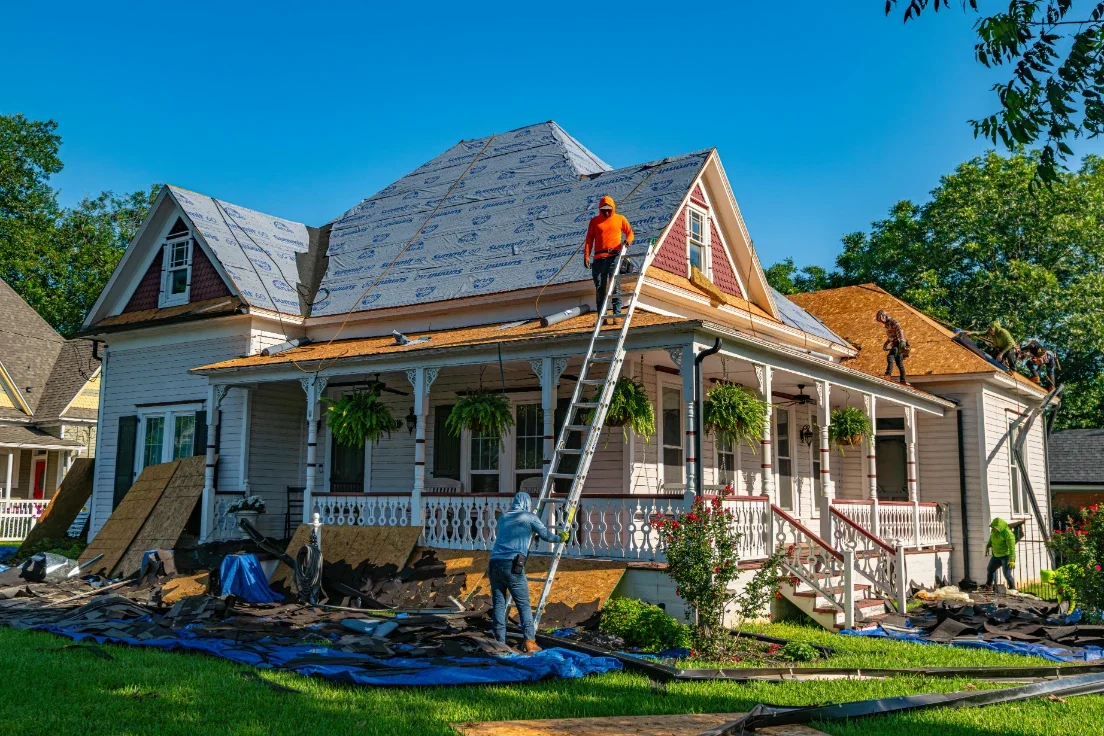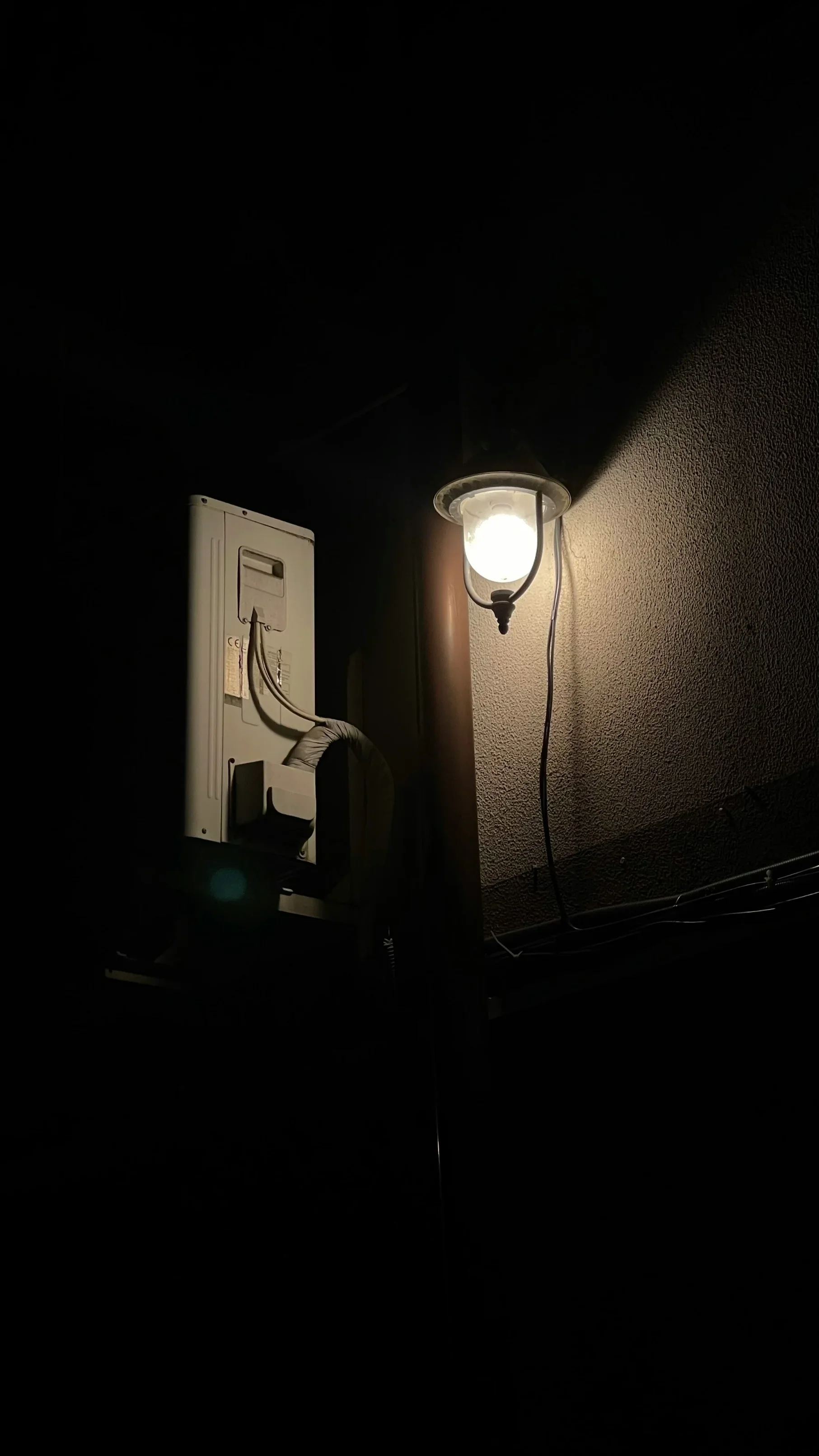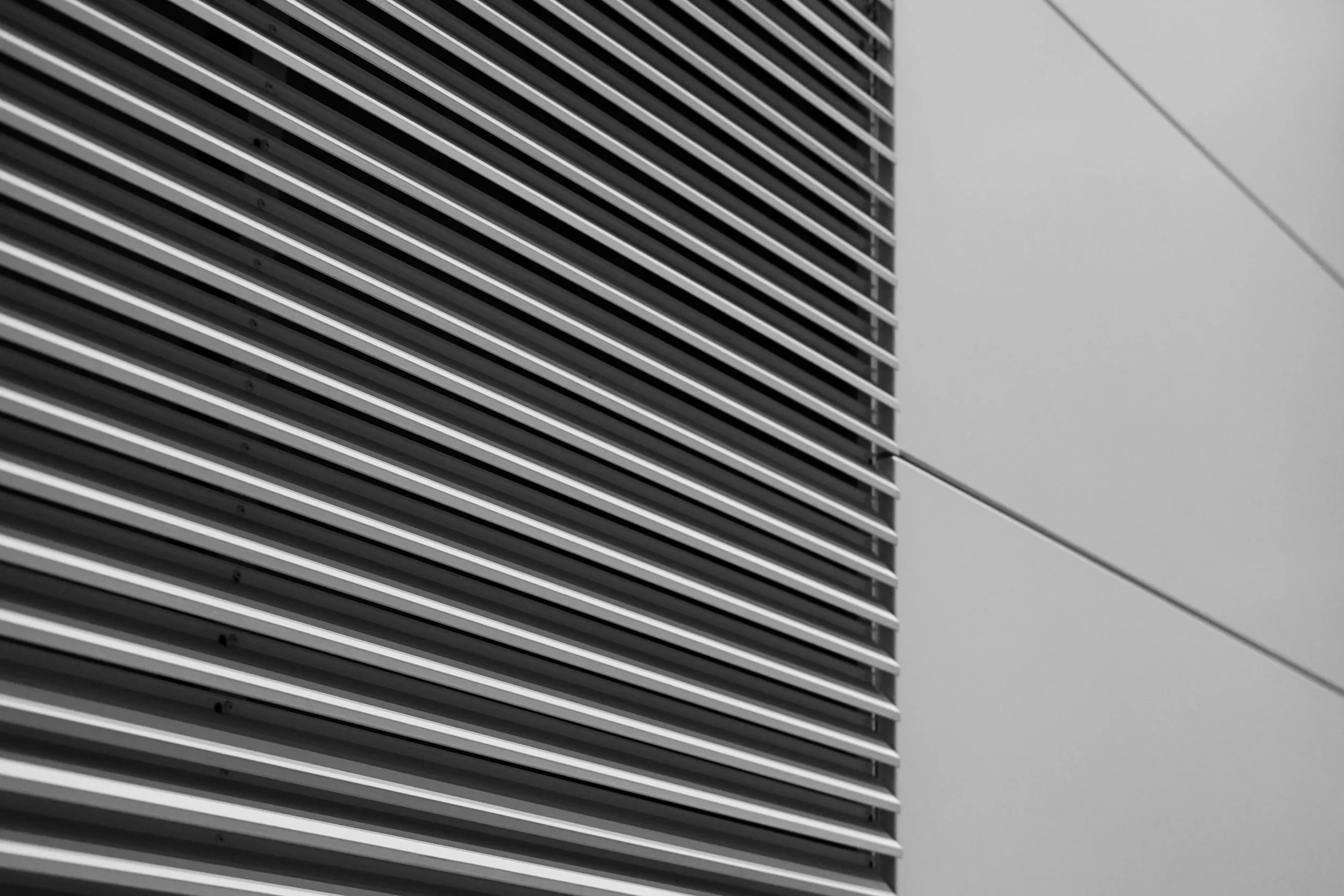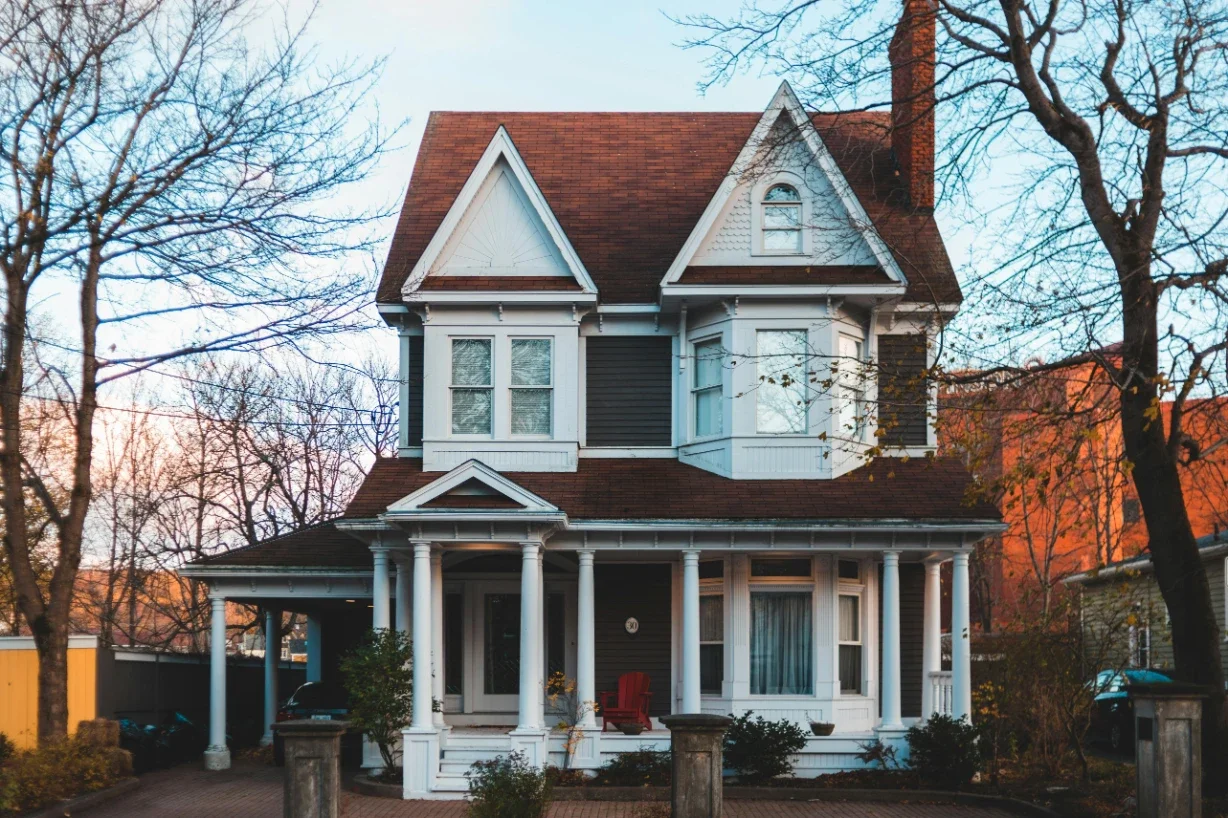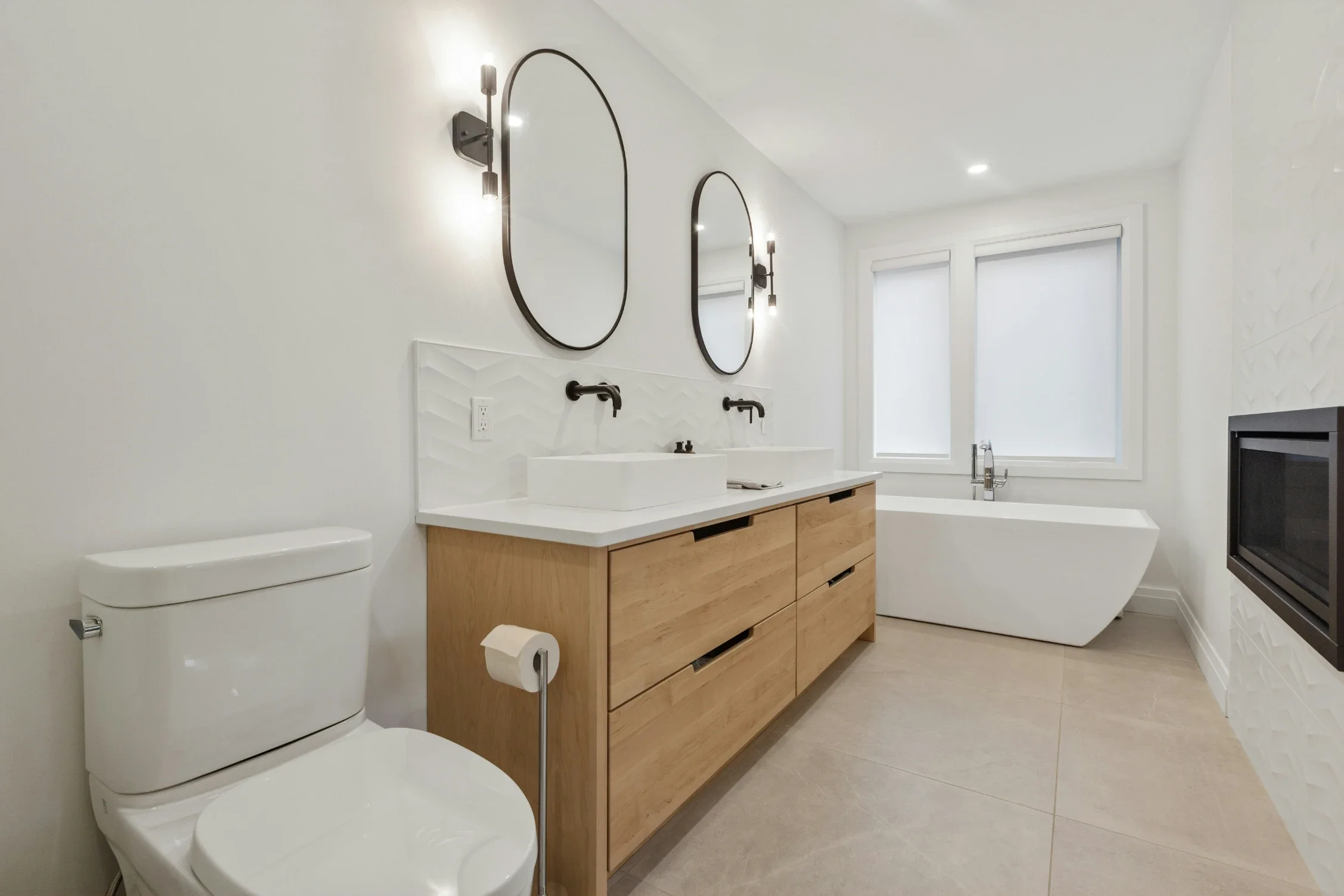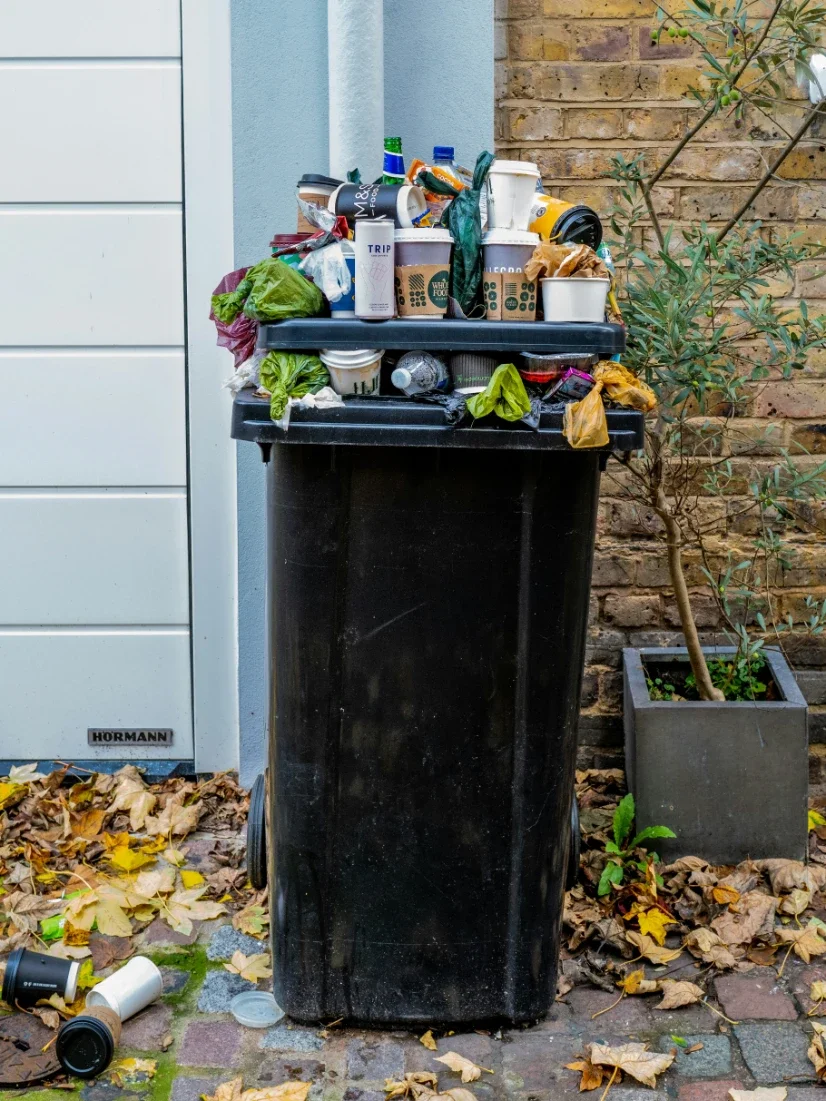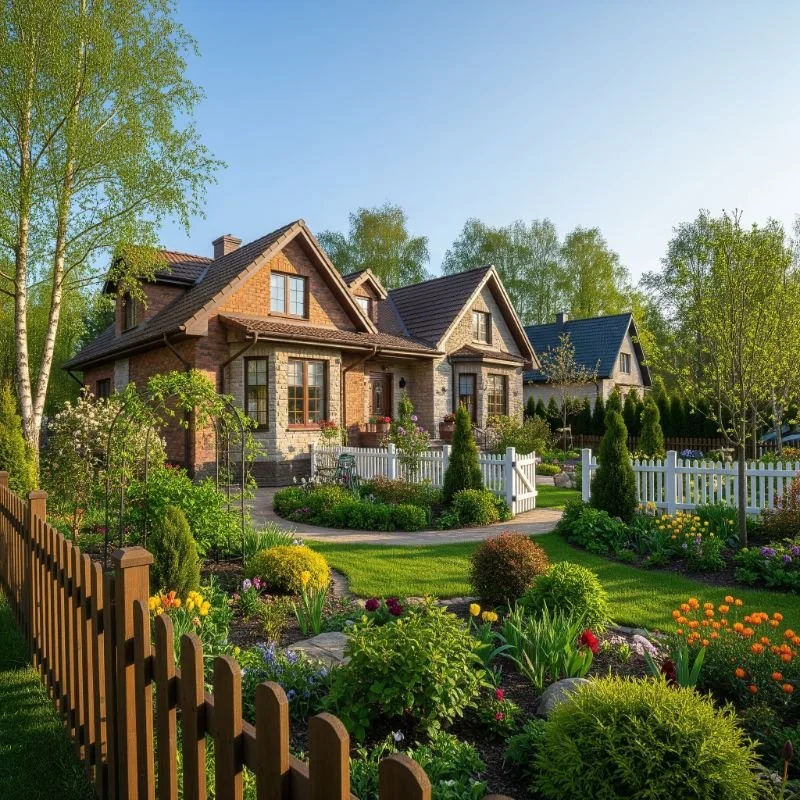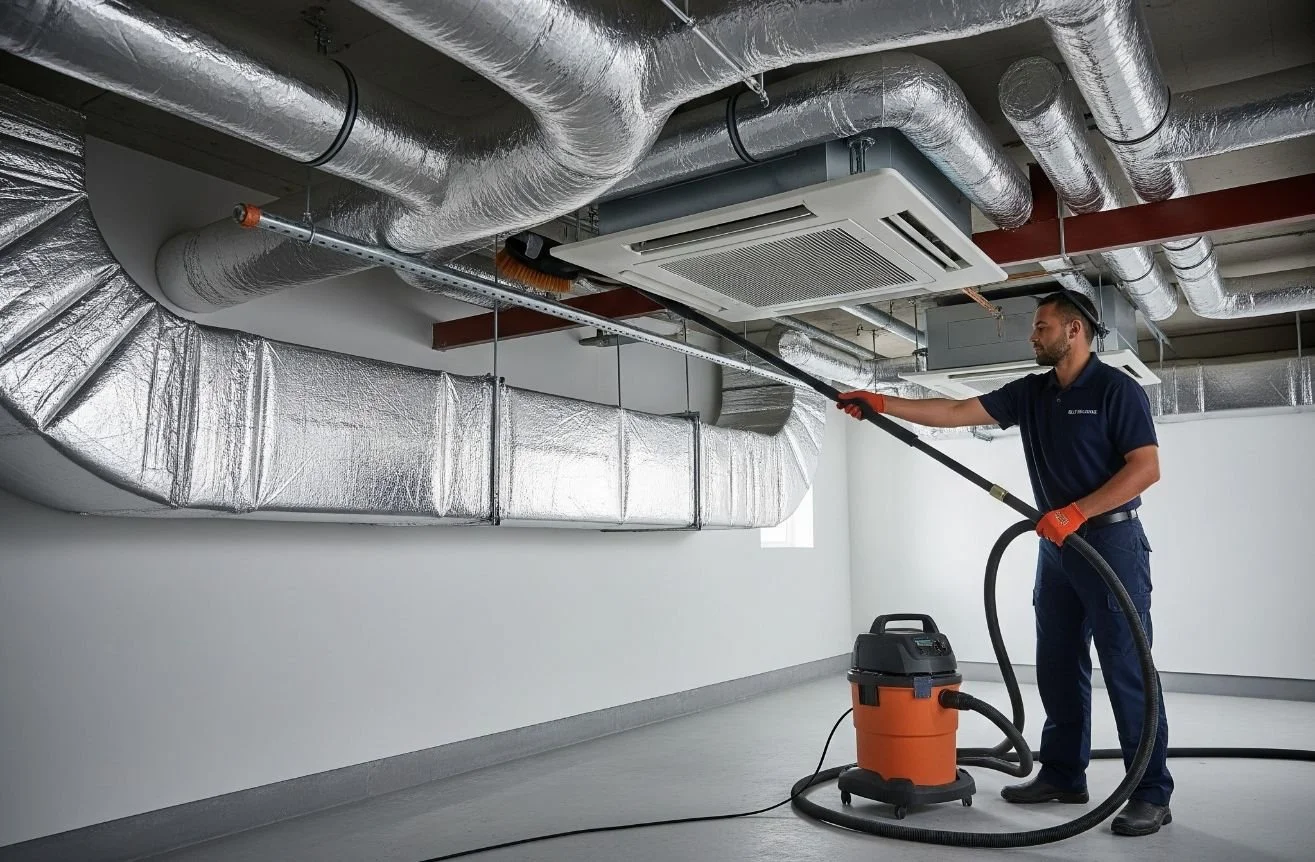When to Repair vs. Replace a Door - What Homeowners Should Know
Discover when it makes sense to repair a door and when replacement is the smarter choice, helping homeowners save money and improve home value.
Every door in a home does more than provide a way in or out. It beautifies the space, supports security, and influences how comfortable a house feels day to day. Eventually, though, even the best doors reach a point where they no longer perform as they should. Homeowners then face the decision of whether to repair the issue or replace the door completely.
In Long Beach, California, that choice is often complicated by the coastal climate. Salt air can corrode hardware, while humidity may cause swelling and warping that shortens a door’s lifespan. A door that seems fine on the surface might already be compromised inside. Knowing what to look for and when to bring in help makes the decision clearer and the outcome more reliable.
Consulting Experts
Many homeowners start with the assumption that a repair will be the cheaper option, but that isn’t always the case. Without a thorough inspection, it’s easy to misjudge the extent of the problem. Professionals can identify if a sticking door is caused by worn hinges, shifting frames, or deeper structural issues. Their evaluation helps homeowners avoid spending money on a quick fix that won’t last.
Turning to a trusted Long Beach door company also means you get the advantage of regional expertise. Contractors who work daily in coastal neighborhoods know the common problems specific to the area, like moisture damage or salt exposure, and can recommend solutions that stand up better over time. Instead of guessing, homeowners get practical guidance that balances cost, durability, and appearance.
Age of the Door
The age of a door often shapes whether repair is worthwhile. A newer door with minor issues might only need small adjustments, while a door that’s been in place for decades may no longer meet current standards for insulation or security.
Older wooden doors are especially prone to wear from constant exposure to air and shifting temperatures. Homeowners need to ask themselves whether they want to keep patching an aging door or invest in a replacement that offers an updated design, better energy performance, and fewer problems down the road.
Structural Issues
Cosmetic flaws may not be serious, but structural problems tell a different story. Cracks in the frame, splitting wood, or a door that no longer fits squarely in its opening point to bigger concerns. Structural damage often worsens over time, leaving the home less secure and the door harder to use.
A door with a compromised structure rarely benefits from repair alone. Replacement restores stability and ensures that the frame and hardware work properly together.
Cosmetic Damage
Not every issue requires a major investment. Scratches, scuffs, and faded paint are cosmetic concerns that can often be addressed with sanding, refinishing, or touch-up work. In many cases, such fixes restore the door’s look without the need for replacement.
Homeowners who are satisfied with the door’s function and structure can extend its life by focusing on appearance. A little maintenance keeps the door looking fresh, protects against further wear, and helps maintain curb appeal, all without the cost of buying new.
Water Damage and Warping
Swelling, soft spots, or warped panels change the way the door fits, leading to gaps that let in drafts and moisture. Left unchecked, water damage spreads quickly, weakening both the door and its frame.
While temporary fixes might hide the issue for a while, a full replacement usually offers the only dependable long-term solution.
Function Problems
Daily use gives homeowners clues about a door’s condition. A door that sticks, scrapes the floor, or resists locking signals that something isn’t right. Sometimes, the issue is as simple as loose hinges or worn weatherstripping, both of which can be adjusted or replaced.
Persistent problems often mean the frame has shifted or the structure is compromised. When that happens, small adjustments won’t hold up, and replacing the door becomes the smarter choice.
Noise Reduction
Older doors often let in more outside noise than people realize. Thin materials, worn seals, or loose frames allow sound to pass through, which can make it harder to relax or concentrate indoors. For households near busy streets, schools, or commercial areas, this becomes a quality-of-life issue.
Modern doors are built with better insulation and tighter seals, reducing unwanted noise while improving comfort. When noise is a persistent concern, replacement often brings a noticeable improvement that repairs alone can’t achieve.
Style and Curb Appeal
A door contributes heavily to a home’s first impression. Faded paint, outdated designs, or visible wear can make even a well-kept property look tired. While cosmetic fixes can refresh the look temporarily, replacement offers the chance to upgrade style and match the home’s architecture.
New doors come in a wide range of finishes and materials, giving homeowners options that better reflect their taste.
Rotting Wood
Wood rot is one of the clearest indicators that replacement is unavoidable. Once rot takes hold, it spreads quickly and compromises the strength of the door. Repairs may hide the problem temporarily, but the damage underneath continues to grow.
A new door removes the risk altogether. Replacing rotted wood with durable materials provides both security and longevity, protecting the home from further damage while reducing the need for ongoing patchwork repairs.
Broken Glass Panels
Doors with glass inserts or sidelights can be vulnerable to cracks or breaks. While small chips may be repaired, larger breaks often weaken the entire structure. Damaged glass also raises safety and security concerns that repairs can’t fully resolve.
Replacing the glass or the door entirely when the damage is significant restores safety and function. It also provides an opportunity to upgrade to stronger, energy-efficient glass that performs better than the original design.
Hinges and Hardware
Loose hinges, worn locks, or squeaky handles are usually simple fixes. Replacing or adjusting hardware often brings a door back to smooth operation. For many homeowners, these minor repairs extend the life of the door without major expense.
If the frame itself is damaged, however, new hardware won’t solve the issue. When alignment problems continue even after hinge or lock adjustments, replacement becomes the more practical choice.
Climate and Weather Impact
In different regions, homeowners face conditions that accelerate wear. In coastal areas, for instance, salt air corrodes metal parts, while humidity causes wood and some composites to swell or warp. Extreme heat can also fade finishes and weaken seals.
When climate takes a clear toll, replacement is often the best long-term decision. Choosing doors designed to withstand coastal conditions helps protect against recurring issues.
Deciding whether to repair or replace a door requires more than a quick look at scratches or dents. Age, structure, water damage, function, and even climate all influence the right choice. Repairs may solve minor problems, but replacement often provides lasting improvements in comfort, safety, and appearance.

